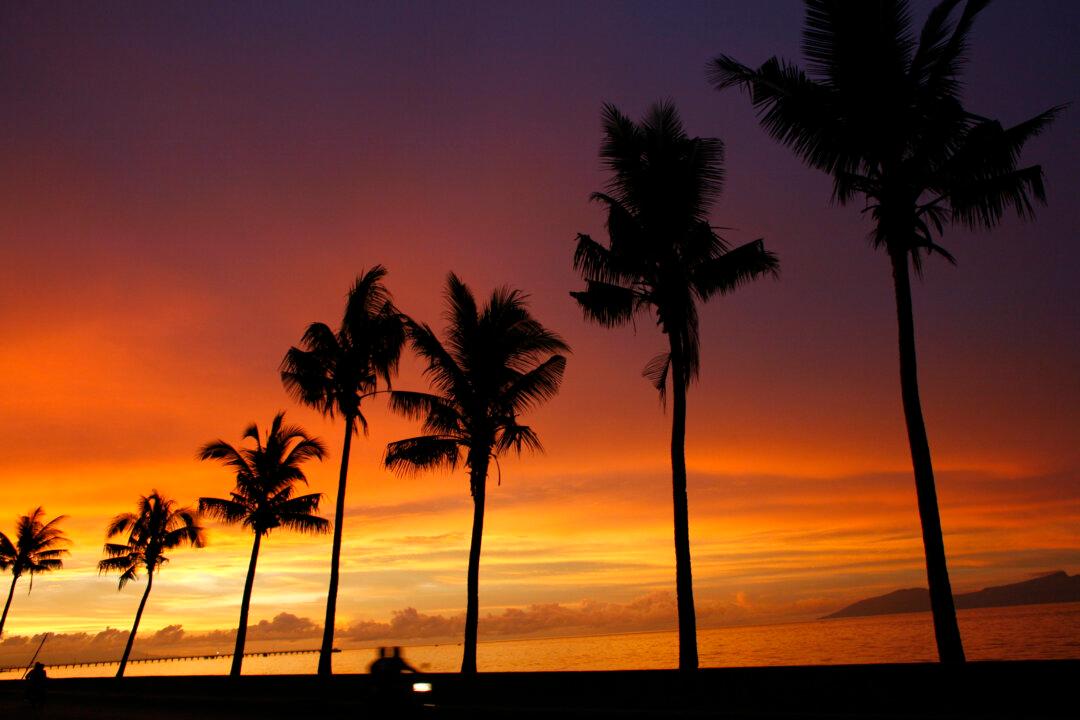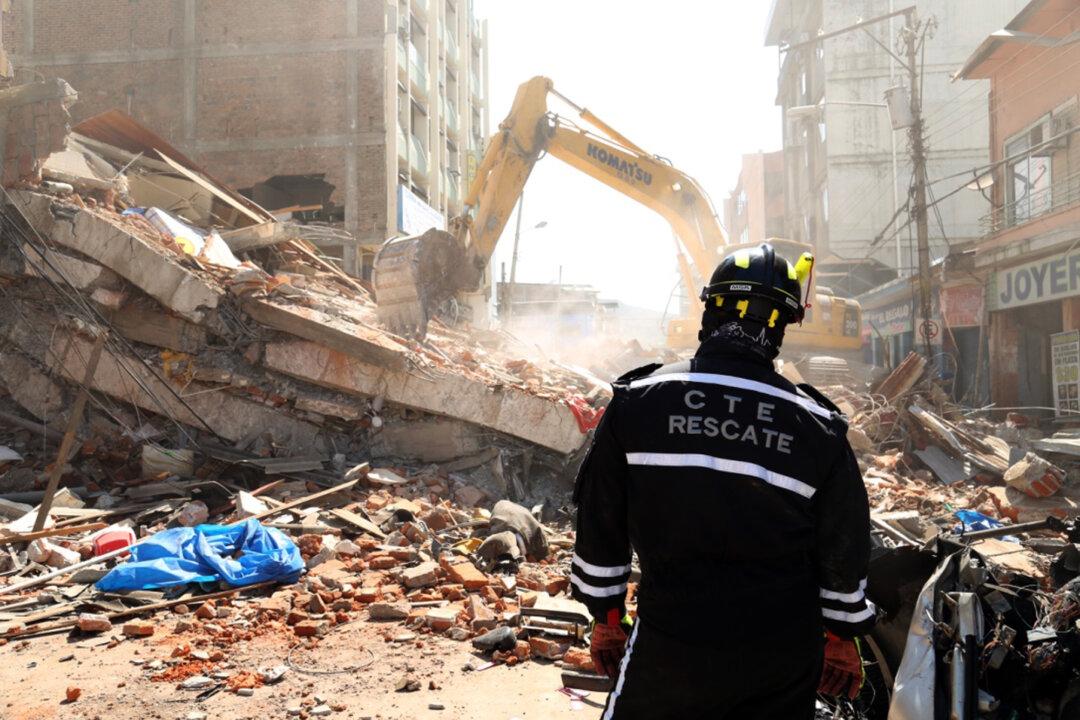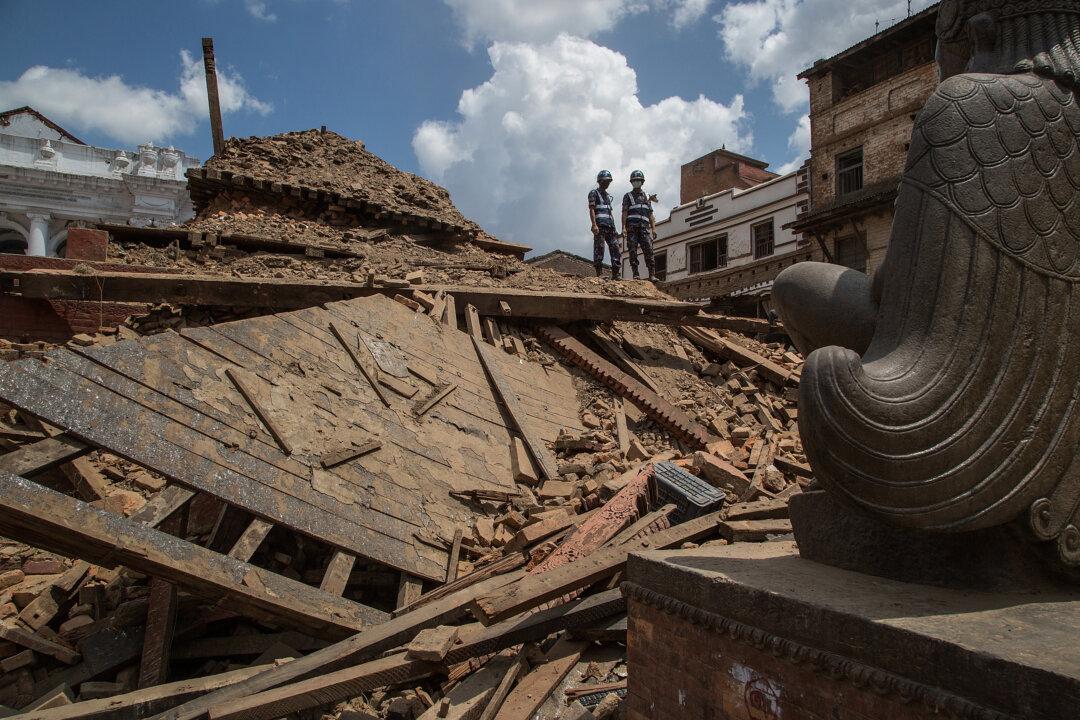It took several trips before I began to understand the scale of the horror. It was 2009 and I was working in the Ainaro district in Timor Leste, not far from Ramelau—Timor’s highest peak.
A rural center, Ainaro is built on a massive conglomerate “fan,” the origins of which can be traced into a huge head-wall scarp in the Ramelau range. I was convinced the conglomerate was the result of a truly massive landslide—one that just might have “taken out” a peak even higher than Ramelau. Along with one of my students from Melbourne and a young Timorese geologist, Johnny, we were mapping the geology of the landslide deposit.
We knew the deposit couldn’t be very old, in geological terms, since the island of Timor only emerged from the sea just a few million years ago. Understanding when and why the landslide formed would help us better understand the risk elsewhere in Timor. That my student was of Timorese extraction, with family connections to Ainaro, made the fieldwork all the more special.
We were driving several kilometers south from Ainaro, to an outcrop I had briefly visited on a previous trip. The outcrop comprised a spectacular ~40-meter cliff cut down through the conglomerate, the clifftop only a few meters away from the road. I had hoped the cliff exposures held the clues to the age of this extraordinary deposit.


